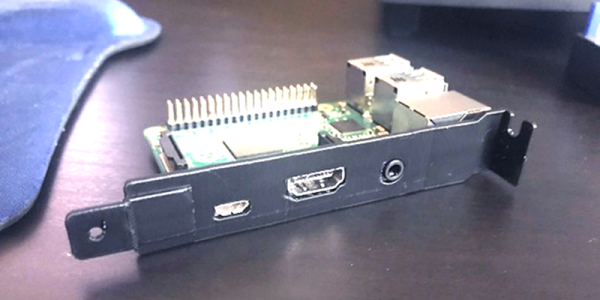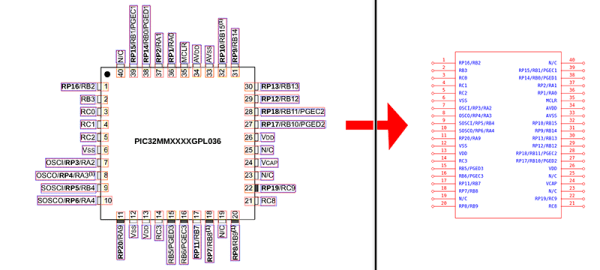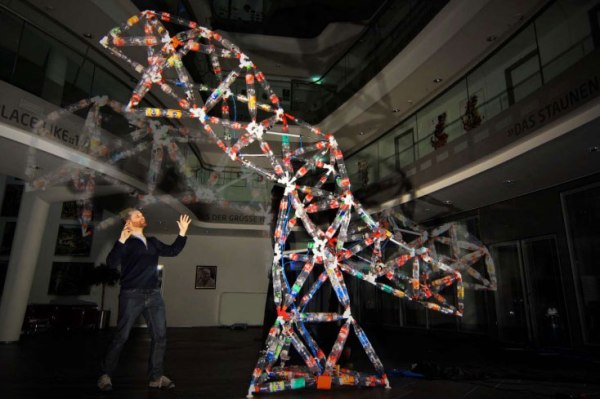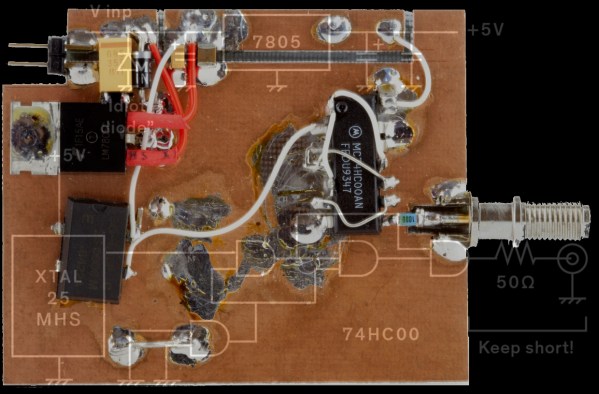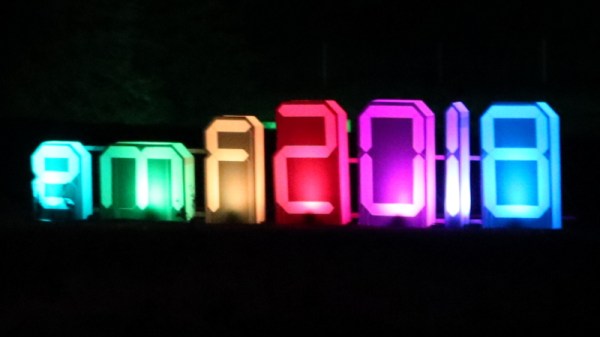One of the great joys of owning a 3D printer is being able to print custom cases for boards like the Raspberry Pi. What’s more, if you are using a desktop PC, you probably don’t have as many PCI cards in it as you used to. Everything’s moved to the motherboard. [Sneekystick] was using a Pi with a PC and decided the PC itself would make a great Pi case. He designed a bracket and it looks handy.
The bracket just holds the board in place. It doesn’t connect to the PC. The audio, HDMI, and power jacks face out for access. It would be tempting and possible to power the board from the PC supply, but to do that you have to be careful. Connecting the GPIO pins to 5V will work, but bypasses the input protection circuitry. We’ve read that you can find solder points near the USB plug and connect there, but if you do, you should block out the USB port. It might be nice to fill in that hole in the bracket if you planned to do that.
Continue reading “Perhaps The Ultimate Raspberry Pi Case: Your PC”

